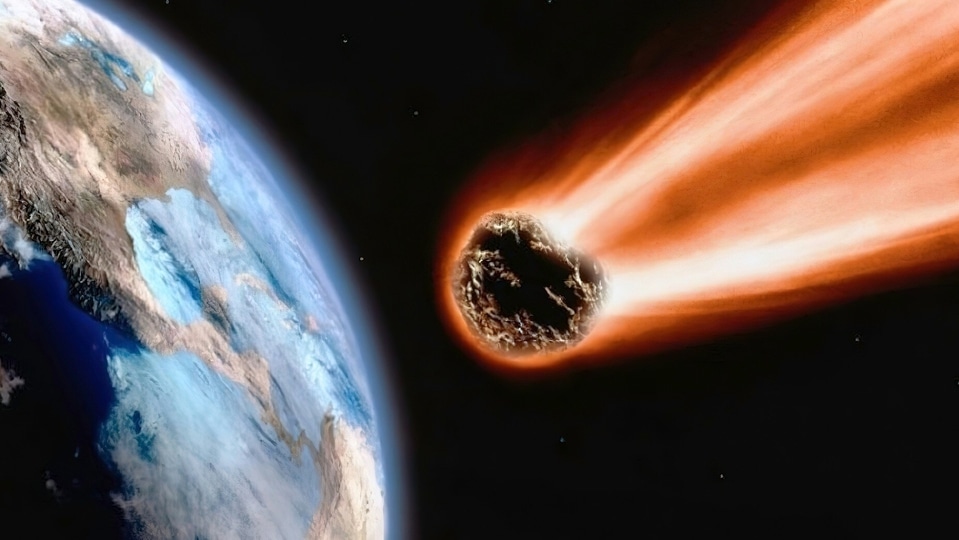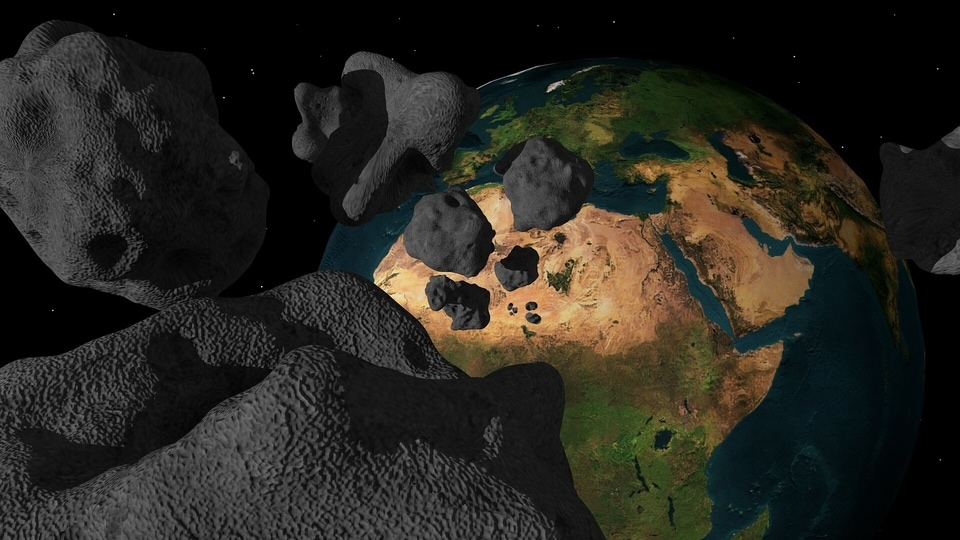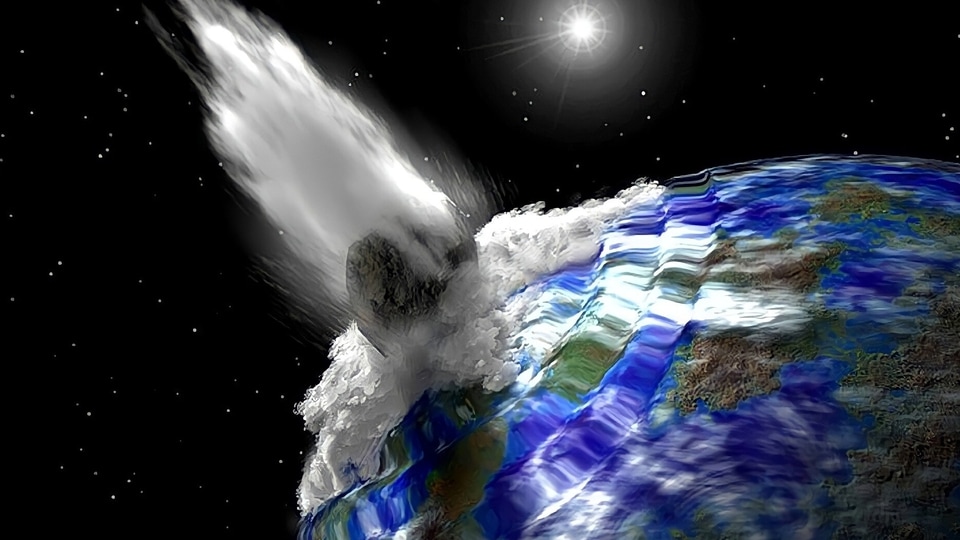Mars meteorite impacts reveal fresh information about planet's crust
Data from two meteorite impacts on Mars recorded by NASA's InSight spacecraft provide new insights into the structure of the Martian crust.






 View all Images
View all ImagesNASA's InSight mission collected data from two meteorite impacts on Mars that shed fresh light on the composition of the Martian crust. In the past, scientists had seen numerous earthquakes whose waves propagated into the planet's interior from the epicentre of the quake.
Since then, they had been anticipating a circumstance that would also result in waves that would travel across the planet's surface. The moment had arrived on December 24, 2021, when a meteorite struck Mars at a distance of roughly 3500 kilometres from InSight, creating a crater with a diameter of more than 100 metres and the desired surface waves.
A meteorite impact that occurred at a distance of fewer than 7,500 kilometres from InSight was also determined by the researchers to be the cause of a second shock. The University of Cologne's Institute of Geology and Meteorology's Dr Brigitte Knapmeyer-Endrun and Sebastian Carrasco took part in the evaluation of the information these two incidents supplied. Science has now published the findings.
Researchers value surface waves because they reveal details about the composition of the Martian crust. The Martian core, mantle, and crust have previously been revealed by the body waves that are generated during quakes and travel through the planet's interior. Although the data have only been gathered for one place on the planet, the crust is projected to have the highest degree of heterogeneity, similar to Earth.
According to Dr Doyeon Kim, the study's lead author and assistant professor at the Institute of Geophysics at ETH Zurich, "Up until now, our knowledge of the Martian crust was based on only one point measurement under the InSight lander."
The geophysicist was shocked by the surface wave analysis's conclusion that the Martian crust had, on average, a fairly homogenous structure and a high density between the impact locations and InSight's seismometer. On the other hand, the scientists had previously found three layers of crust and assessed a lower density just beneath the lander. The near-surface layer, which is roughly 10 km thick under InSight and characterised by low seismic velocities and low density, was not present in the new data, which is noteworthy.
This is the first time that researchers have been able to precisely verify that seismic data obtained by InSight came from distant impacts because the impacts generated highly distinct craters that can be seen in photographs taken from orbit. The orbit's quick series of photos also helped to establish useful temporal limitations on when the craters were produced. This is an exact match to the times the seismic waves were captured.
For the first time, seismic and photographic techniques were used in this investigation to record impacts that did not take place on Earth. This may account for the absence of surface waves so far, as meteorite strikes take place at the planet's surface. It's possible that deeper seismic wave sources like marsquakes did not actually produce those waves. Researchers will be better able to recognise and categorise meteorite impacts in the data obtained by InSight and utilise them for models if they are aware that specific seismic events are impacts.
"The new findings are so interesting because a planet's crust provides important clues about the formation and evolution of the celestial body. It is the result of early dynamic processes in the mantle and subsequent magmatic processes,' explained Dr Brigitte Knapmeyer-Endrun. 'Therefore, it can provide information about conditions billions of years ago and the history of impacts, which were particularly frequent in the early days of Mars."
The frequency of surface waves determines how quickly they propagate. Because lower frequencies are sensitive to deeper depths, measuring how the velocity varies across different frequencies in seismic data enables scientists to deduce how the velocity changes with depth. Since seismic velocity also depends on the elastic properties of the material through which the waves travel, this can be used to determine the average density of the rock. This made it possible for the scientists to identify the crust's structure between 5 and 30 kilometres beneath the planet's surface.
The team was trying to figure out why the observed surface waves' average speed was so much higher than what they would have predicted based on an earlier point measurement taken under the InSight lander. Is it caused by a variation in the composition of the surface rock or by some other mechanism? The pathways between the two meteorite impacts and the measuring location cross through one of the greatest volcanic zones in Mars' northern hemisphere, and volcanic rocks often have higher seismic velocities.
The development of surface lava or the closing of pore spaces due to heating brought on by volcanic processes are two examples of many mechanisms that might speed up seismic waves. The crust underneath the InSight landing site, on the other hand, may have taken on its distinctive structure as a result of material being ejected during a significant asteroid impact more than three billion years ago, according to the study.
If so, the lander's foundation is most likely not an accurate representation of Mars' overall crustal structure, according to Kim.
Catch all the Latest Tech News, Mobile News, Laptop News, Gaming news, Wearables News , How To News, also keep up with us on Whatsapp channel,Twitter, Facebook, Google News, and Instagram. For our latest videos, subscribe to our YouTube channel.
































